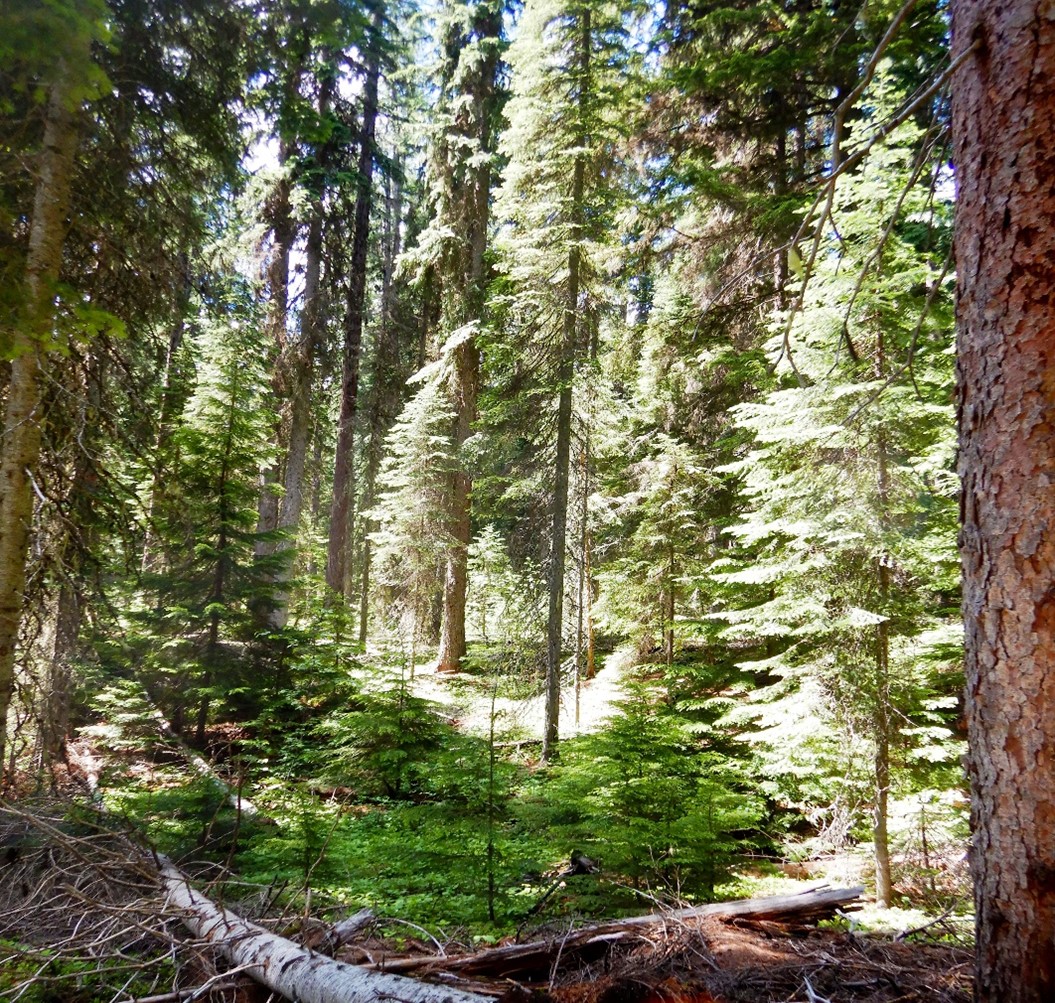MEDFORD, OREGON—Today, conservation organizations WildEarth Guardians and Oregon Wild filed a lawsuit challenging the U.S. Forest Service’s misuse of an agency regulation to evade its obligation to analyze and disclose the environmental impacts of three projects on the Fremont-Winema National Forest in southcentral Oregon. The organizations allege the Forest Service violated the National Environmental Policy Act (NEPA) when it failed to analyze the impacts of commercial thinning across thousands of acres of national forest as part of the South Warner, Bear Wallow, and Baby Bear logging projects. The organizations are represented by Crag Law Center.
To duck its obligation to analyze the impacts of the projects’ extensive commercial logging, the Forest Service relied on a categorical exclusion—an agency regulation exempting certain projects from the usual NEPA public disclosure and appeal requirements. CEs are reserved for small, low-impact, routine activities like replacing a culvert or rebuilding a section of trail. Here, the Forest Service relied on CE-6, a categorical exclusion for “timber stand and wildlife habitat improvement” activities, such as thinning or brush control to improve growth or to reduce fire hazard, and prescribed burning. Though the agency adopted CE-6 in 1992, until 2018 it had never used the categorical exclusion to bypass environmental analyses for projects that included commercial logging.
“The Forest Service is misleading the public as to what these projects entail. Commercial thinning is logging—trees with marketable value are cut and removed from the forest to be sold on the market—which requires heavy equipment and roads that can disturb soils, cause erosion into streams, destroy or degrade habitat, and release stored carbon,” said Chris Krupp of WildEarth Guardians. “Over the past few years the Forest Service has taken to re-labeling logging projects as timber stand or habitat improvement projects with a commercial thinning component, in order to avoid having to analyze, and inform the public about, the impacts of public lands logging that the law requires.”
The three projects being challenged indicate the agency’s intention to increasingly rely on CE-6, regardless of the scale and scope of commercial thinning employed. The South Warner project authorizes 16,000 acres of commercial thinning (25 square miles), Bear Wallow 10,000 acres (15+ square miles), and Baby Bear 3,000 acres (4+ square miles).
”Logging our National Forests has complex effects on the environment, and should be carefully planned. For 50 years Congress has required federal agencies to disclose environmental impacts and involve the public in decision-making that affects the environment. The Forest Service cannot unilaterally carve out a giant loophole to avoid this important public process.” said Doug Heiken of Oregon Wild.
The lawsuit further alleges the Forest Service has never determined that commercial thinning—much less commercial thinning of the scale and scope authorized by the three projects here—does not cause significant environmental impacts. Such a determination is necessary if projects that include commercial thinning are to be categorically excluded from NEPA’s mandate to disclose the environmental impacts of an agency proposal through either an assessment or more comprehensive impact statement.
“Categorical exclusions basically represent a bargain between the Forest Service and the public,” said Oliver Stiefel of Crag Law Center. “Before adopting a new CE, the Forest Service must prove that the environmental impacts of a set of activities will be insignificant. In exchange, when the Forest Service later proposes a project that fits within the CE, it may dispense with the detailed analysis and disclosure of environmental impacts otherwise required. The Forest Service here hasn’t lived up to its end of the bargain—relying on a CE for 29,000 acres of logging is unprecedented.”
A copy of the complaint is available here: https://pdf.wildearthguardians.org/support_docs/CE6-Oregon-Complaint.pdf

